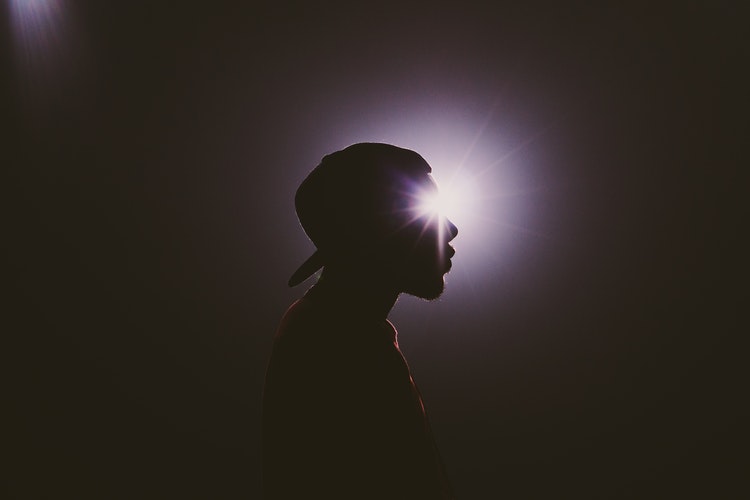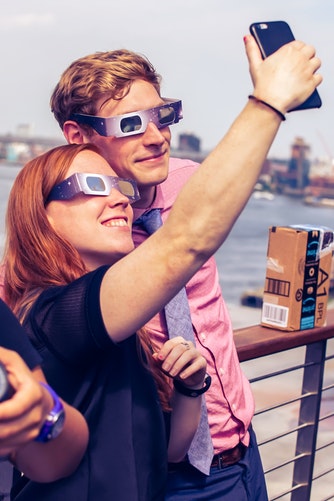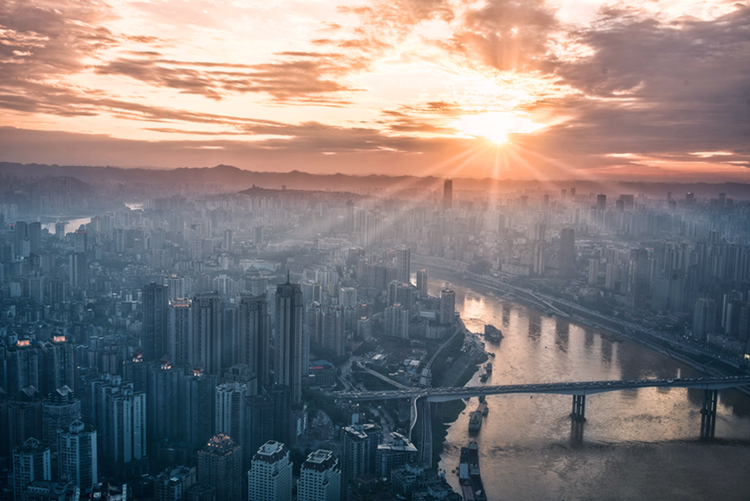According to lens expert Dr.Joy Thomas, problems associated with glare from the sun while driving are largely unrecognized, but likely affect the vast majority of adults. It also appears that as people age, they become more susceptible to glare and require a longer period of time to recover from exposure to glare.
“The danger comes primarily from two different conditions of light from the sun,” said Rips, president and chief executive officer of Younger Optics, an international leader in the development of lens technology. “One occurs when driving directly into the bright sunlight, temporary blinding the driver. The other condition comes from reflected light off of another vehicle, the roadway, or any reflective surface.”
The glare-induced “blindness” is especially prevalent during the summer months; the powerful glare of the Summar sun has the potential to damage the eye. Because the desert sand is so reflective, there is a risk of up to 85 percent of the UV rays of the sun being transmitted upward.
“Poor visibility due to sun glare is the suspected cause of many motor vehicle accidents,” states Virginia Deputy Sheriff John McAlister. “Drivers should take the necessary precautions to ensure their safety, as well as the safety of others on the road.”
Following are the tips for motorists to help reduce the dangers caused by Summer glare:
- Drive cautiously and leave a proper distance to ensure ample reaction time.
- Turn on headlights to reduce the possible poor visibility of oncoming drivers.
- Most importantly, use UV treated suncontrol films for your vehicles to shield the eyes from damage.The filtering process eliminates 99 percent of the reflected glare.
Solar Ban Films also provide excellent protection for the summer outdoor enthusiast by blocking the glare that can cause eyestrain and fatigue. The reflected UV rays are believed to contribute to various eye diseases such as cataracts, macular degeneration and photokeratitis (sunburn of the eyes — an injury that can take up to a week to heal). One may also experience blurred vision, change in color vision or difficulty seeing at night.
It is crucial to take extra precautions to protect the eyes from its harmful rays. While Glare reduction films is been a popular and fashionable accessory for years, protective solar films are especially critical now as scientists point out the rapid deterioration of the Earth’s ozone layer and subsequent increased amount of harmful UV rays.
Is infrared a major reason for solar heat ? Infrared is light naturally produced by the sun. As part of the sun’s invisible spectrum, far infrared light is a form of thermal energy. This is the warm that you feel penetrate your skin when you are outside in the sun. Infrared carries the major part of the solar heat.So its very important to filter the Infrared radiation in order to reduce the solar heat,which consumes more energy for air-conditioning and cooling the vehicle/Building.
Unprotected And/or Excessive Exposure To Ultraviolet (Uv) Radiation (Sunlight) Is The Major Factors For Skin Cancer?
Causes skin cancer
UV is an environmental human carcinogen. It’s the most prominent and universal cancer-causing agent in our environment. There is very strong evidence that each of the three main types of skin cancer (basal cell carcinoma, squamous cell carcinoma and melanoma) is caused by sun exposure. Research shows that as many as 90 percent of skin cancers are due to UV radiation.
Causes sunburn
UV burns the skin. Sunburn is a burn that occurs when skin cells are damaged. This damage to the skin is caused by the absorption of energy from UV rays. Extra blood flows to the damaged skin in an attempt to repair it, which is why your skin turns red when you are sunburnt
Damages immune system
Over-exposure to UV radiation has a harmful suppressing effect on the immune system. Scientists believe that sunburn can change the distribution and function of disease-fighting white blood cells in humans for up to 24 hours after exposure to the sun. Repeated over-exposure to UV radiation can cause even more damage to the body’s immune system. The immune system defends the body against bacteria, microbes, viruses, toxins and parasites (disease and infection). You can see how effective the immune system is by looking at how quickly something decays when it dies and the immune system stops working.
Damages eyes
Prolonged exposure to UV or high intensities of UV (for example, in sun beds) damages the tissues of eyes and can cause a ‘burning’ of the eye surface, called ‘snow blindness’ or photokeratitis. The effects usually disappear within a couple of days, but may lead to further complications later in life. In 1998, the Journal of the American Medical Association reported that even low amounts of sunlight can increase the risk of developing eye damage such as cataracts (which, left untreated, will cause blindness), pterygium and pinguecula. UV damage to the eyes is cumulative, so it is never too late to start protecting the eyes.
Age’s skin
UV speeds up the aging of skin, since the UV destroys collagen and connective tissue beneath the top layer of the skin. This causes wrinkles, brown ‘liver’ spots and loss of skin elasticity. The difference between skin tone, wrinkles, or pigmentation on the underside of a person’s arm and the top side of the same arm illustrate the effects of sun exposure on skin. Usually, the top side of the arm has had more exposure to the sun and shows greater sun damage. Because photo-aging of the skin is cumulative, it is never too late for a person to start a sun protection programme. Otherwise, though a tan may look good now, you could be paying for it with wrinkly leathery skin or skin cancer later.
Weakens plastics
Many polymers used in consumer items (including plastics, nylon and polystyrene) are broken down or lose strength due to exposure to UV light.
Fades colours
Many pigments (used for colouring food, cosmetics, fabric, plastic, paint, ink and other materials) and dyes absorb UV and change colour. Fabrics, furnishings and paintings need protection from UV (fluorescent lamps as well as sunlight) to prevent colour change or loss.




